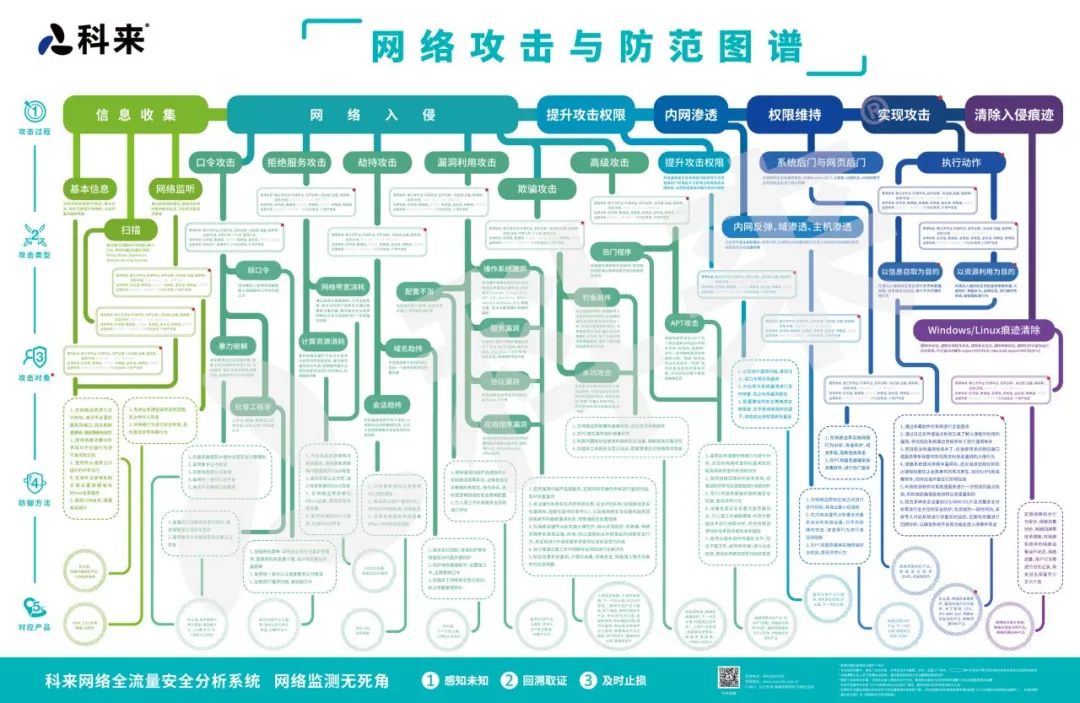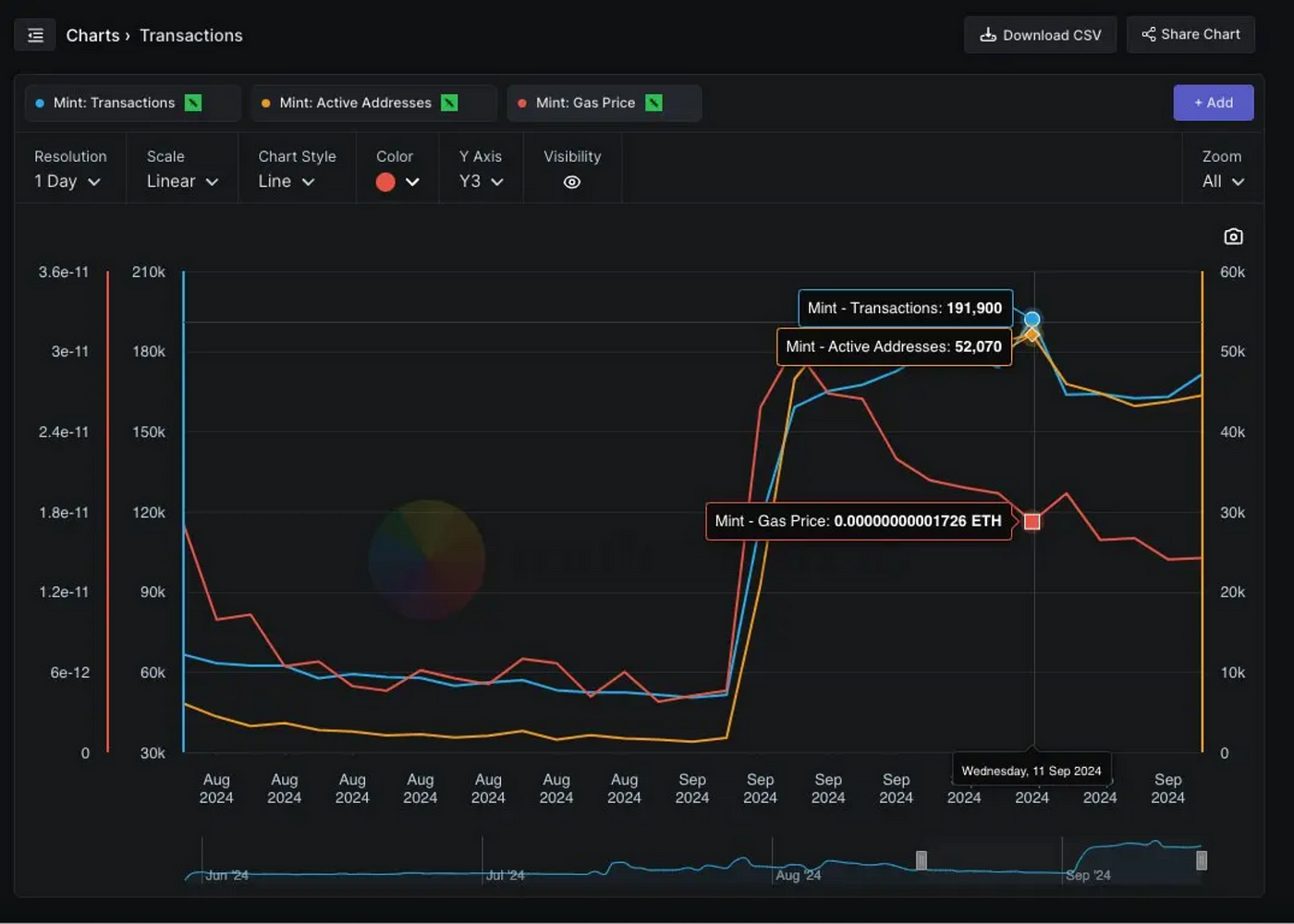1、SqlSessionFactory作用
MyBatis框架SqlSessionFactory是线程安全的,负责创建SqlSession。

DefaultSqlSessionFactory是线程安全的,属性Final。

2、SqlSessionFactoryBuilder
SqlSessionFactoryBuilder负责创建SqlSessionFactory。SqlSessionFactoryBuilder则可以从XML配置文件或一个预先定制的Configuration的实例构建出SqlSessionFactory的实例。

public SqlSessionFactory build(Configuration config) {
return new DefaultSqlSessionFactory(config);
}3、SqlSession
作用:封装数据库操作,线程不安全。
/**
* Copyright 2009-2016 the original author or authors.
*
* Licensed under the Apache License, Version 2.0 (the "License");
* you may not use this file except in compliance with the License.
* You may obtain a copy of the License at
*
* http://www.apache.org/licenses/LICENSE-2.0
*
* Unless required by applicable law or agreed to in writing, software
* distributed under the License is distributed on an "AS IS" BASIS,
* WITHOUT WARRANTIES OR CONDITIONS OF ANY KIND, either express or implied.
* See the License for the specific language governing permissions and
* limitations under the License.
*/
package org.apache.ibatis.session;
import java.io.Closeable;
import java.sql.Connection;
import java.util.List;
import java.util.Map;
import org.apache.ibatis.cursor.Cursor;
import org.apache.ibatis.executor.BatchResult;
/**
* The primary Java interface for working with MyBatis.
* Through this interface you can execute commands, get mappers and manage transactions.
*
* @author Clinton Begin
*/
public interface SqlSession extends Closeable {
/**
* Retrieve a single row mapped from the statement key
* @param <T> the returned object type
* @param statement
* @return Mapped object
*/
<T> T selectOne(String statement);
/**
* Retrieve a single row mapped from the statement key and parameter.
* @param <T> the returned object type
* @param statement Unique identifier matching the statement to use.
* @param parameter A parameter object to pass to the statement.
* @return Mapped object
*/
<T> T selectOne(String statement, Object parameter);
/**
* Retrieve a list of mapped objects from the statement key and parameter.
* @param <E> the returned list element type
* @param statement Unique identifier matching the statement to use.
* @return List of mapped object
*/
<E> List<E> selectList(String statement);
/**
* Retrieve a list of mapped objects from the statement key and parameter.
* @param <E> the returned list element type
* @param statement Unique identifier matching the statement to use.
* @param parameter A parameter object to pass to the statement.
* @return List of mapped object
*/
<E> List<E> selectList(String statement, Object parameter);
/**
* Retrieve a list of mapped objects from the statement key and parameter,
* within the specified row bounds.
* @param <E> the returned list element type
* @param statement Unique identifier matching the statement to use.
* @param parameter A parameter object to pass to the statement.
* @param rowBounds Bounds to limit object retrieval
* @return List of mapped object
*/
<E> List<E> selectList(String statement, Object parameter, RowBounds rowBounds);
/**
* The selectMap is a special case in that it is designed to convert a list
* of results into a Map based on one of the properties in the resulting
* objects.
* Eg. Return a of Map[Integer,Author] for selectMap("selectAuthors","id")
* @param <K> the returned Map keys type
* @param <V> the returned Map values type
* @param statement Unique identifier matching the statement to use.
* @param mapKey The property to use as key for each value in the list.
* @return Map containing key pair data.
*/
<K, V> Map<K, V> selectMap(String statement, String mapKey);
/**
* The selectMap is a special case in that it is designed to convert a list
* of results into a Map based on one of the properties in the resulting
* objects.
* @param <K> the returned Map keys type
* @param <V> the returned Map values type
* @param statement Unique identifier matching the statement to use.
* @param parameter A parameter object to pass to the statement.
* @param mapKey The property to use as key for each value in the list.
* @return Map containing key pair data.
*/
<K, V> Map<K, V> selectMap(String statement, Object parameter, String mapKey);
/**
* The selectMap is a special case in that it is designed to convert a list
* of results into a Map based on one of the properties in the resulting
* objects.
* @param <K> the returned Map keys type
* @param <V> the returned Map values type
* @param statement Unique identifier matching the statement to use.
* @param parameter A parameter object to pass to the statement.
* @param mapKey The property to use as key for each value in the list.
* @param rowBounds Bounds to limit object retrieval
* @return Map containing key pair data.
*/
<K, V> Map<K, V> selectMap(String statement, Object parameter, String mapKey, RowBounds rowBounds);
/**
* A Cursor offers the same results as a List, except it fetches data lazily using an Iterator.
* @param <T> the returned cursor element type.
* @param statement Unique identifier matching the statement to use.
* @return Cursor of mapped objects
*/
<T> Cursor<T> selectCursor(String statement);
/**
* A Cursor offers the same results as a List, except it fetches data lazily using an Iterator.
* @param <T> the returned cursor element type.
* @param statement Unique identifier matching the statement to use.
* @param parameter A parameter object to pass to the statement.
* @return Cursor of mapped objects
*/
<T> Cursor<T> selectCursor(String statement, Object parameter);
/**
* A Cursor offers the same results as a List, except it fetches data lazily using an Iterator.
* @param <T> the returned cursor element type.
* @param statement Unique identifier matching the statement to use.
* @param parameter A parameter object to pass to the statement.
* @param rowBounds Bounds to limit object retrieval
* @return Cursor of mapped objects
*/
<T> Cursor<T> selectCursor(String statement, Object parameter, RowBounds rowBounds);
/**
* Retrieve a single row mapped from the statement key and parameter
* using a {@code ResultHandler}.
* @param statement Unique identifier matching the statement to use.
* @param parameter A parameter object to pass to the statement.
* @param handler ResultHandler that will handle each retrieved row
*/
void select(String statement, Object parameter, ResultHandler handler);
/**
* Retrieve a single row mapped from the statement
* using a {@code ResultHandler}.
* @param statement Unique identifier matching the statement to use.
* @param handler ResultHandler that will handle each retrieved row
*/
void select(String statement, ResultHandler handler);
/**
* Retrieve a single row mapped from the statement key and parameter
* using a {@code ResultHandler} and {@code RowBounds}
* @param statement Unique identifier matching the statement to use.
* @param rowBounds RowBound instance to limit the query results
* @param handler ResultHandler that will handle each retrieved row
*/
void select(String statement, Object parameter, RowBounds rowBounds, ResultHandler handler);
/**
* Execute an insert statement.
* @param statement Unique identifier matching the statement to execute.
* @return int The number of rows affected by the insert.
*/
int insert(String statement);
/**
* Execute an insert statement with the given parameter object. Any generated
* autoincrement values or selectKey entries will modify the given parameter
* object properties. Only the number of rows affected will be returned.
* @param statement Unique identifier matching the statement to execute.
* @param parameter A parameter object to pass to the statement.
* @return int The number of rows affected by the insert.
*/
int insert(String statement, Object parameter);
/**
* Execute an update statement. The number of rows affected will be returned.
* @param statement Unique identifier matching the statement to execute.
* @return int The number of rows affected by the update.
*/
int update(String statement);
/**
* Execute an update statement. The number of rows affected will be returned.
* @param statement Unique identifier matching the statement to execute.
* @param parameter A parameter object to pass to the statement.
* @return int The number of rows affected by the update.
*/
int update(String statement, Object parameter);
/**
* Execute a delete statement. The number of rows affected will be returned.
* @param statement Unique identifier matching the statement to execute.
* @return int The number of rows affected by the delete.
*/
int delete(String statement);
/**
* Execute a delete statement. The number of rows affected will be returned.
* @param statement Unique identifier matching the statement to execute.
* @param parameter A parameter object to pass to the statement.
* @return int The number of rows affected by the delete.
*/
int delete(String statement, Object parameter);
/**
* Flushes batch statements and commits database connection.
* Note that database connection will not be committed if no updates/deletes/inserts were called.
* To force the commit call {@link SqlSession#commit(boolean)}
*/
void commit();
/**
* Flushes batch statements and commits database connection.
* @param force forces connection commit
*/
void commit(boolean force);
/**
* Discards pending batch statements and rolls database connection back.
* Note that database connection will not be rolled back if no updates/deletes/inserts were called.
* To force the rollback call {@link SqlSession#rollback(boolean)}
*/
void rollback();
/**
* Discards pending batch statements and rolls database connection back.
* Note that database connection will not be rolled back if no updates/deletes/inserts were called.
* @param force forces connection rollback
*/
void rollback(boolean force);
/**
* Flushes batch statements.
* @return BatchResult list of updated records
* @since 3.0.6
*/
List<BatchResult> flushStatements();
/**
* Closes the session
*/
@Override
void close();
/**
* Clears local session cache
*/
void clearCache();
/**
* Retrieves current configuration
* @return Configuration
*/
Configuration getConfiguration();
/**
* Retrieves a mapper.
* @param <T> the mapper type
* @param type Mapper interface class
* @return a mapper bound to this SqlSession
*/
<T> T getMapper(Class<T> type);
/**
* Retrieves inner database connection
* @return Connection
*/
Connection getConnection();
}
DefaultSqlSession:SqlSession的默认实现,不是线程安全的.

线程安全性考虑,在使用MyBatis时,通过mapper接口的使用是基于动态代理的,提供了两种情况下的线程安全性:
在不使用事务的情况下,每个SQL操作会新建一个SqlSession对象,这种方式是线程安全的。
在使用事务时,通过ThreadLocal保证每个线程对应一个SqlSession对象,因此也是线程安全的。


4、SqlSessionManager
实现SqlSession和SqlSessionFactory,实现基础功能。

public class SqlSessionManager implements SqlSessionFactory, SqlSession {
private final SqlSessionFactory sqlSessionFactory;
private final SqlSession sqlSessionProxy;
private final ThreadLocal<SqlSession> localSqlSession = new ThreadLocal<>();
private SqlSessionManager(SqlSessionFactory sqlSessionFactory) {
this.sqlSessionFactory = sqlSessionFactory;
this.sqlSessionProxy = (SqlSession) Proxy.newProxyInstance(
SqlSessionFactory.class.getClassLoader(),
new Class[]{SqlSession.class},
new SqlSessionInterceptor());
}5、SqlSessionTemplate
是一个线程安全的类,它实现了SqlSession接口。通过SqlSessionTemplate可以完成对数据库的CRUD操作,并且保证单例线程安全。是位于mybatis-spring 2.0.0包中,通过SqlSessionTemplate可以完成对数据库的CRUD操作,并且保证单例线程安全。SqlSessionTemplate通过拥有一个SqlSessionProxy的代理对象来实现这一点,这个代理对象在调用时会导向SqlSessionInterceptor的invoke方法触发代理逻辑,从而保证线程安全。



6、三种Executor执行器
-
BaseExecutor

-
SimpleExecutor
SimpleExecutor 每执行一次update或select,就开启一个Statement对象,用完立刻关闭Statement对象。

- PauseExecutor。
PauseExecutor 执行update或select,以sql做为key查找Statement对象,存在就使用,不存在就创建,用完后,不关闭Statement对象,而且放置于Map内,供下一次使用。简言之,就是重复使用Statement对象。

- BatchExecutor
BatchExecutor 执行update,将所有sql通过addBatch()都添加到批处理中,等待统一执行executeBatch(),它缓存了多个Statement对象,每个Statement对象都是addBatch()完毕后,等待逐一执行executeBatch()批处理。与JDBC批处理相同。






















